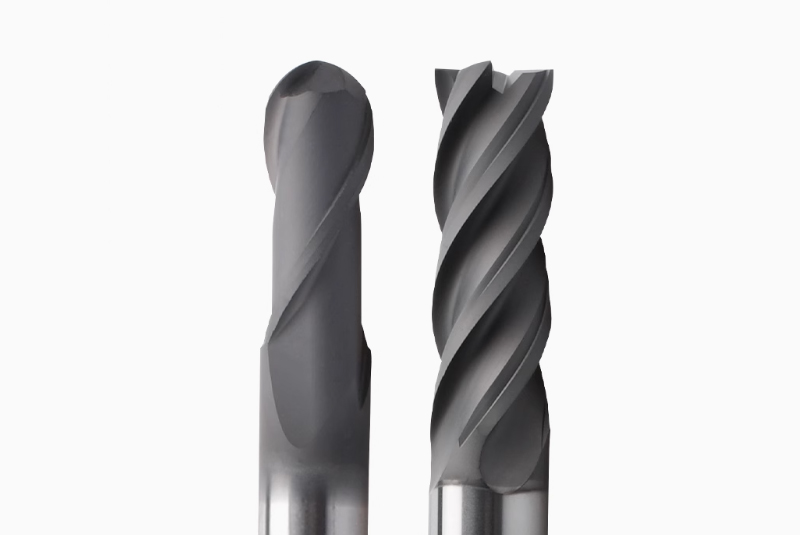High Silicon Aluminum Alloy Machining: When Tool Wear Becomes a Cost Crisis
As machining professionals, we all know that aluminum alloys are generally considered “easy to cut.” But when it comes to high-silicon aluminum alloys (Si > 12%), especially those used in engine block manufacturing like ADC12, the story changes dramatically.

Let’s take a real-world case:
🔧 Scenario: Face Milling & Drilling of Die-Cast Engine Blocks (ADC12)
A CNC machining plant was tasked with face milling and drilling operations on die-cast engine blocks made from ADC12 aluminum alloy, which contains 12–15% silicon content. While this improves casting performance and thermal expansion properties, it introduces a serious challenge for cutting tools.
⚠️ The Hidden Problem: Severe Abrasive Wear Caused by Hard Silicon Particles
The root cause? Hard silicon particles (HV1400) embedded in the aluminum matrix act as abrasive agents, leading to rapid tool degradation — particularly in the form of crater wear on the rake face.
Even tools coated with standard PCD (Polycrystalline Diamond) or diamond-like coatings experience micro-chipping at the cutting edge, significantly shortening their lifespan.
📉 Real Impact:
- A φ20mm endmill lasted less than 15m² of cutting area
- Compared to over 80m² when machining standard aluminum alloys
- Tool life reduced to just 1/5
💸 Financial Loss:
- Single tool cost: ¥34.5 per unit
- Standard aluminum tool cost: ¥6.8 per unit
- That’s over 5x the cost per part
🧪 Why This Happens: Understanding the Mechanism
High-silicon aluminum alloys contain primary silicon crystals, which are extremely hard and brittle. These particles:
- Act like tiny grinding wheels during cutting
- Cause accelerated abrasion wear on the tool’s rake and flank faces
- Lead to edge chipping, especially under interrupted cutting conditions
- Reduce tool life dramatically even at lower cutting speeds
Standard PCD tools, while excellent for non-abrasive aluminum alloys, are not designed to withstand such aggressive abrasive action.
✅ The Solution: Specialized Tools Designed for High-Si Alloys
At SDFTools, we understand the challenges of high-silicon aluminum machining. Our advancedDiamond-Coated End Mills and specially engineered carbide substrates offer:
- Superior abrasion resistance
- Enhanced edge toughness to resist micro-chipping
- Optimized tool geometry for stable cutting performance
- Significantly extended tool life compared to standard solutions
We’ve helped multiple customers reduce tool costs by up to 70% and increase productivity through longer tool change intervals.
🔬 Technical Insight: Key Factors for Success
| Parameter | Standard Aluminum | High-Si Aluminum (ADC12) |
| Cutting Speed | Up to 3000 m/min | Recommended <1200 m/min |
| Feed Rate | 0.1–0.3 mm/z | 0.05–0.15 mm/z |
| Tool Material | PCD / Uncoated Carbide | CVD Diamond Coated Carbide |
| Tool Geometry | Sharp edge | Reinforced edge with honing |
| Coolant | Optional | Highly recommended (flood cooling preferred) |
📈 Call to Action: Optimize Your High-Si Aluminum Machining Process
If you’re facing similar issues in your production line — whether it’s engine blocks, transmission cases, or other die-cast aluminum components with high Si content — we can help you find the right tooling solution.
👉 Visit us at https://sdftools.com/customize/
Let’s turn your costly tool wear issue into a competitive advantage — together.

